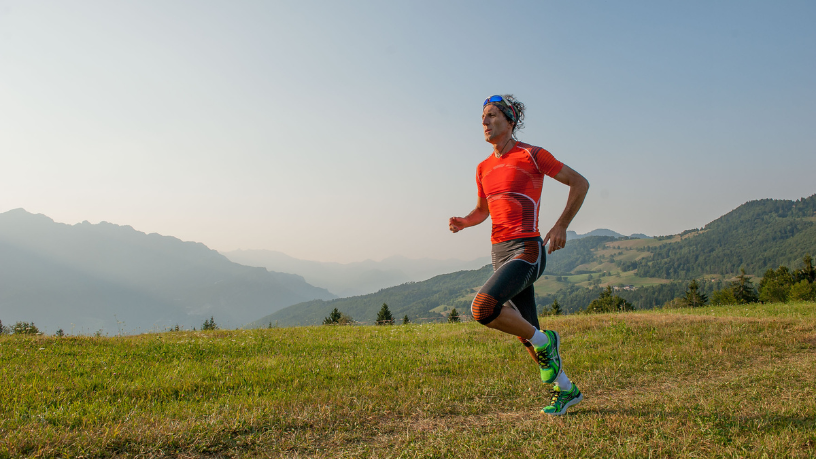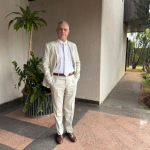Engaging in physical activity is essential for promoting health, preventing disease, and improving well-being. According to Gustavo Luiz Guilherme Pinto, president of IBDSocial, starting with proper habits and suitable exercises is a key step to avoid injuries and ensure progress.
Many people want to break free from a sedentary lifestyle but don’t know where to begin, which can cause insecurity or even demotivation. However, with a simple and gradual plan, it’s possible to incorporate movement into your routine in a safe and enjoyable way. With that in mind, keep reading to discover which simple exercises can mark the start of a healthy journey.
Why is it important to start physical activity gradually?
Many believe they need to train intensely in the first few days to see results. However, according to Gustavo Luiz Guilherme Pinto, this approach can lead to muscle overload, joint problems, and early discouragement. The body needs to adapt progressively to physical effort so that the experience is both safe and sustainable.
Starting gradually also allows breathing, circulation, and muscles to strengthen in a balanced way. This boosts energy levels and reduces the risk of giving up due to excessive fatigue. Another important point is listening to your body’s signals and adjusting training as you progress, avoiding comparisons with more experienced individuals.
Ultimately, consistency matters more than initial intensity. Creating a routine of light, well-distributed workouts throughout the week helps establish a solid habit, forming the foundation for gradually increasing the complexity and duration of exercises.
Which simple and accessible exercises help break the sedentary routine?
Beginners should prioritize movements that require little equipment, have low impact, and can be performed safely. As emphasized by IBDSocial president Gustavo Luiz Guilherme Pinto, variety is important for working different muscle groups and avoiding monotony. Effective options include:
Walking: Improves cardiovascular endurance, strengthens legs, and can be done anywhere, with adjustable intensity.
Stretching: Increases flexibility, improves posture, and reduces muscle tension—recommended before and after workouts.
Basic squats: Strengthen glutes, thighs, and abs, and can be done without extra weight for beginners.
Moderate jumping jacks: Help with motor coordination and increase heart rate in a controlled manner.
Step-ups: Strengthen legs and glutes while improving balance.

Choosing these activities allows beginners to build physical conditioning and confidence to progress gradually. Regular practice, combined with proper posture, ensures steady gains without overloading the body.
How to stay motivated when starting physical activity?
The beginning can be challenging, especially for those who’ve never had an exercise routine. According to Gustavo Luiz Guilherme Pinto, setting realistic goals and celebrating small achievements is an effective way to stay motivated. This includes recognizing improvements in stamina, energy, and even sleep quality.
Finding a workout partner—whether friends, family, or walking groups—can also be a great motivator. Varying exercises and choosing times that fit your daily rhythm helps prevent boredom. Another helpful tip is to create a supportive environment, such as keeping comfortable workout clothes ready and maintaining an organized space for training.
It’s important to remember that motivation is strengthened by discipline. On days when you feel less motivated, sticking to your routine is what sustains long-term results. Over time, exercise becomes a natural habit, and the feeling of well-being becomes the main reward.
Do I need professional guidance to get started?
Many people start exercising on their own, but having the guidance of a physical education professional or doctor is always a safe choice. According to IBDSocial president Gustavo Luiz Guilherme Pinto, an initial assessment can identify health conditions requiring special care and help tailor training to each individual’s needs.
This is especially important for those with a history of chronic illnesses, frequent pain, or mobility limitations. A proper exercise plan prevents injuries and ensures that the body responds positively to training. Professionals can also adjust intensity and introduce new activities as progress is made.
Therefore, even if your routine involves simple activities like walking or stretching, understanding your body’s limits and progressing mindfully is key. This approach not only promotes safety but also maximizes the physical and mental benefits of exercise.
Adopt a more active and safer lifestyle!
In conclusion, starting physical activity doesn’t have to be complicated or exhausting. With the right choices and a suitable pace, you can build a pleasant and transformative routine. The most important thing is to take the first step and remain consistent, even with simple exercises. Over time, progress becomes noticeable, and motivation grows naturally. Whether at home, outdoors, or in the gym, the key is to start safely and maintain regularity.
Author: Vania Quimmer





